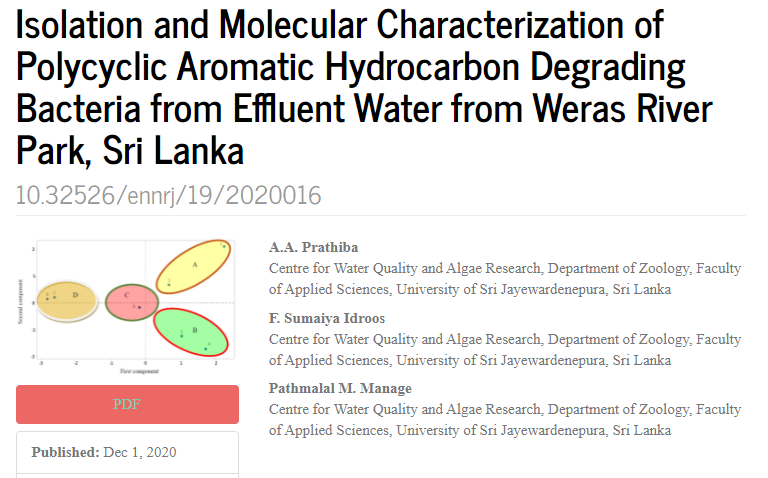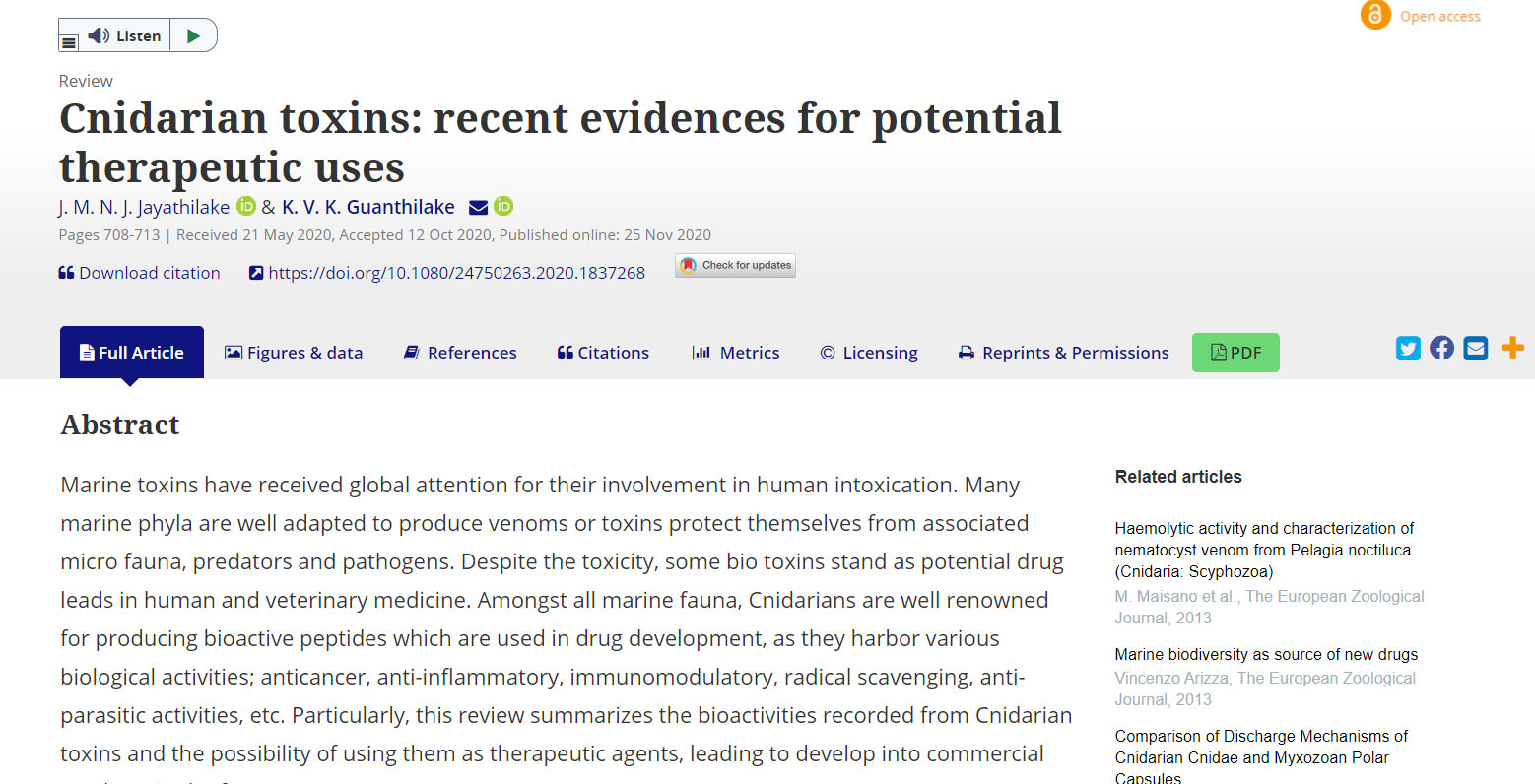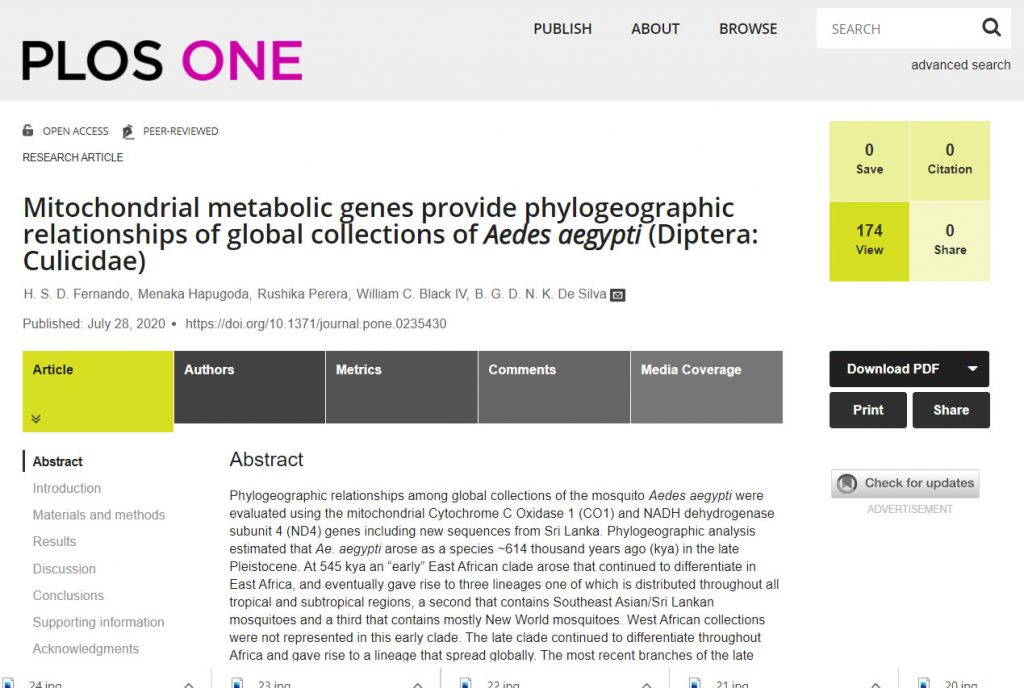
Authors: D. P. W. Jayatunga,I. N. Harischandra,N. V. Chandrasekhara and B. G. D. N. K. de Silva
Journal: Life
The mosquito Anopheles (Cellia) subpictus sensu lato (s.l.) is a major secondary vector of malaria in Sri Lanka. The sibling species composition in this species complex in Sri Lanka remains debatable. Compensatory base changes (CBCs) in the secondary structures of internal transcribed spacer 2 (ITS2) are reliable sources to predict sexual incompatibility among closely related species. The objective of the present study was to investigate the An. subpictus s.l. populations in Sri Lanka using the CBC analysis. Mosquito DNA was amplified and sequenced for the ITS2 region. The sequences were annotated using ITS2 Database. ITS2 secondary structures were constructed and analyzed for CBCs using various bioinformatics tools. The ITS2 regions consisted of two different lengths, 575 bp and 480 bp. The two CBCs and three hemi CBCs identified in the present study suggest that there may be at least two sexually incompatible sibling species. In conclusion, it is likely that there may be only two reproductively isolated sibling species in the An. subpictus species complex in Sri Lanka. However, due to high divergence of ITS2 in these species, it is reasonable to assume that they may be undergoing a speciation event to separate as a distinct species.






